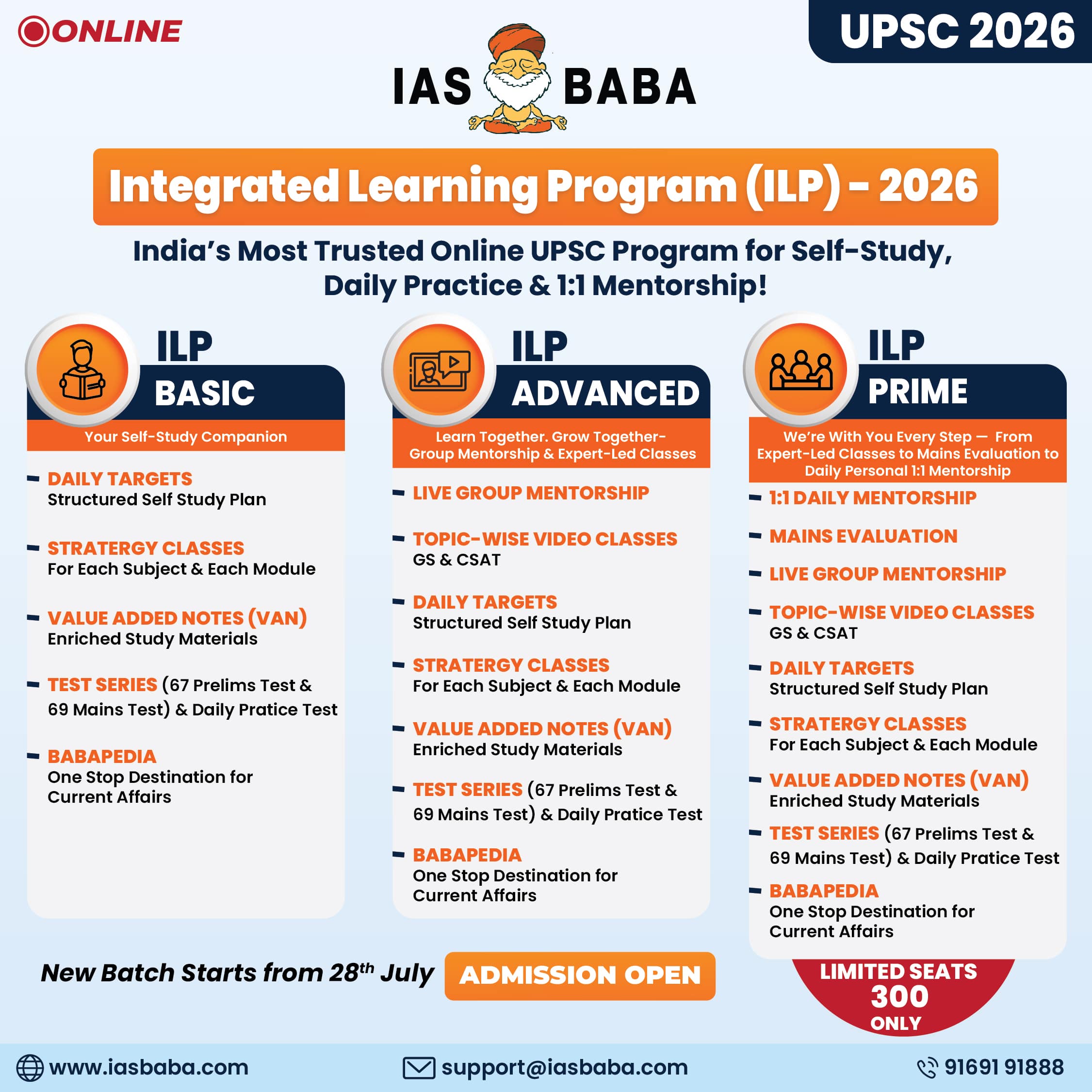UPSC Articles
Nov 18: ‘Lighting up homes in villages’: Will BharatNet live up to its promise? – https://www.orfonline.org/expert-speak/lighting-up-homes-in-villages-will-bharatnet-live-up-to-its-promise/
TOPIC:
- GS-3: Internet connectivity; Infrastructure
Context: BharatNet is government’s flagship rural broadband connectivity project that would eventually lead to ‘1.5 billion Indians being connected to the Internet over the next two years’.
In 2014, the Narendra Modi government inherited the National Optical Fibre Network initiative that had been launched in 2011, rebranded it as ‘BharatNet’, and introduced several changes to its structure and operations. It was then given a new impetus by making it a pillar of the Digital India programme.
About BharatNet
- The goal is to provide high-speed broadband connectivity to the 250,000-plus village panchayats spread across India’s 6,600 blocks and 640 districts.
- It is to act as a middle-mile network from blocks to panchayats allowing Internet service providers (ISPs), local cable operators, and other agencies to use its bandwidth and incremental fibre.
- In doing so, it will facilitate access to e-governance, telemedicine, e-education, and other digital services at the primary level of village administration.
- Since 2017, the project has also sought to provide last-mile connectivity by setting up Wi-Fi hotspots in villages.
The current scenario
Bharatnet has the potential to transform rural India. Unfortunately, almost since inception, its progress has been marred by operational setbacks, poor execution, incessant delays, and the lack of a coherent strategy for engaging with stakeholders.
A. Quality of service:
- Of the 250,000 village panchayats that were to have functional broadband by 2020, roughly 70 percent has optical fibre cable (OFC) connection installed, but only around 65 percent are actually connected to the OFC.
- The quality of service at panchayats has come in for severe criticism.
- The project’s own attempts to offer last-mile connectivity via Wi-Fi have faltered—only a fraction of the expected number of hotspots has been installed, and the majority of them do not work.
- Panchayats across India have long complained of frequent line faults, excessive downtime, and the near-customary lack of response to service requests.
B. Stakeholder engagement
- Until very recently BharatNet had made no serious attempt to collaborate with the private sector.
- Historically, it has demonstrated a clear bias towards the selection of central public sector undertakings to manage its implementation.
- When in June 2021— BharatNet chose to ‘course correct’ and started the process of entering into a PPP with private stakeholders, the private sector has responded with cautious interest. Companies know they are being called in to fix the failures and stasis of nearly a decade.
- It is not the private sector alone that has been neglected. Even state governments and BharatNet’s own state-level administrators have been left exasperated by the experience of coordinating with the project’s central command.
C. Shifting deadlines
- BharatNet’s timelines for implementation have been in a perpetual flux. Experts concur that progress on the optical fibre network project between 2011 and 2014 was unsatisfactory.
- The Modi government declared that within the next 1,000 days every village in India would be connected by OFC.
- Eight states—including Gujarat, Maharashtra, Andhra Pradesh, and Telangana—have felt compelled to create special purpose vehicles to implement the project themselves, giving rise to breakaway ‘state-led models’ of execution.
The Way Forward
In his book “Tools and Weapons: The Promise and the Peril of the Digital Age” (2019), Microsoft President Brad Smith describes rural broadband as ‘the electricity of the 21st century’. As Smith goes on to say, broadband is ‘fundamental to the way people work, live, and learn. The future of medicine is telemedicine. The future of education is online education. And the future of farming is precision farming. […] And that requires broadband’.
To achieve this –
- Quality of service must be improved radically for end users at panchayats and villages. This is likely to involve an overhaul of the existing workflow for operations and maintenance, and the institution of a stringent system of oversight and accountability for suppliers. Moreover, a mechanism for regular feedback from local communities about service quality must be put in place.
- BharatNet must incentivise the private sector in every way possible to ensure PPPs come into effect, and private players assume the onerous task of expanding, operating, maintaining, and utilising the OFC network.
- It is imperative that BharatNet engage systematically with state governments and perceive them as equal partners. That would make it not just the largest initiative of its kind on the planet, but also a global model for tech infrastructure development within a federal system.
An enormous amount of work lies ahead for BharatNet. But if an urgent, concerted effort is made to steer the project back on course, it could yet become the game changer for rural connectivity that it was always meant to be. Supported by strong political will, multi-stakeholder cooperation at every level, and immediate steps to weed out the accumulated inefficiencies of earlier years, BharatNet could live up to its promise of enabling a digital India.
Can you answer the following question:
- Essay: The electricity of the 21st century














